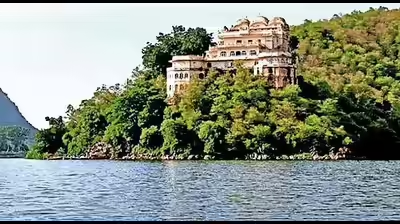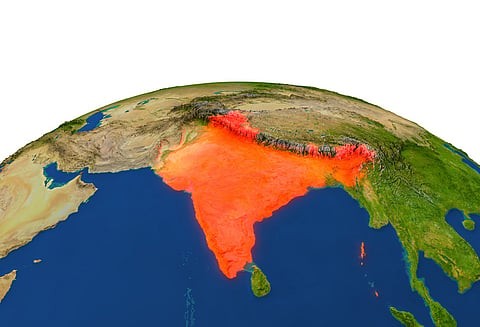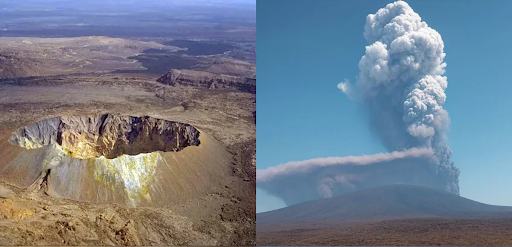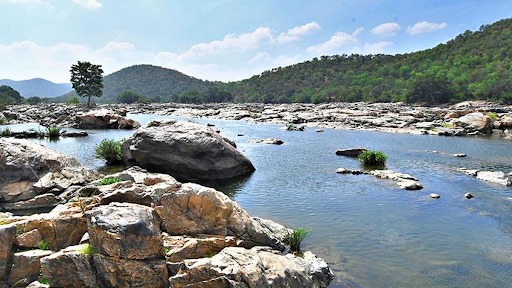Description
Source: futurecdn.net
Disclaimer: Copyright infringement not intended.
Context
Scientists have discovered massive, long-lasting magma reservoirs beneath dormant volcanoes in the Cascades, potentially influencing future volcanic activity.
About Cascade Range
- Cascade Range is a prominent collection of mountains found in the Pacific Northwest area of the northwestern United States and southwestern Canada.
- The range was formed by the subduction of the Juan de Fuca Plate beneath the North American Plate, which continues to drive volcanic activity.
- It is known for its snow-capped peaks, massive glaciers, steep scree slopes, and lush forests.
- The range is home to 4375 named mountains, the highest and most visible of which is Mount Rainier 4,392 m.
- It includes both volcanic and non-volcanic mountains, including the rugged spires of the North Cascades, and the notable volcanoes known as the High Cascades.
- The Cascades are part of the Pacific Ring of Fire, the ring of volcanoes and associated mountains around the Pacific Ocean.
- All of the known historic eruptions in the contiguous United States have been from Cascade volcanoes.

Source: Google.com
What is a Volcano?
- A volcano is an opening in the earth’s crust through which gases, molten rock materials (lava), ash, steam etc. are emitted outward in the course of an eruption. Such vents or openings occur in those parts of the earth’s crust where the rock strata are relatively weak.
- Volcanic activity is an example of endogenic process. Depending upon the explosive nature of the volcano, different extrusive landforms can be formed such as a plateau (if the volcano is not explosive) or a mountain (if the volcano is explosive in nature) or intrusive landforms like baccolith,laccoliths etc
What are the Different Types of Volcanoes?
- Based on the frequency of Eruption:
-
- Active volcanoes:
- They erupt frequently and are mostly located in the pacific ring of fire, which includes New Zealand, Southeast Asia, Japan and the western coast of the Americas.
- About 90% of all earthquakes worldwide strike within this region.
- Volcanic activity is linked to the movement and collision of tectonic plates. Examples include Kilauea in Hawaii and Santa Maria in Guatemala.
- Dormant Volcano:
- These are not extinct but have not erupted in recent history. The dormant volcanoes may erupt in future. Example: Mount Kilimanjaro, located in Tanzania, also the highest mountain in Africa, is known to be a dormant Volcano.
- Extinct or inactive volcanoes:
- These have not worked in the distant geological past. Example: Dhinodhar Hill, Gujarat.
Sources:
HINDU
|
PRACTICE QUESTION
Q.What recent discovery was made beneath dormant volcanoes in the Cascades region?
A) Complete absence of magma
B) Large, long-lasting magma reservoirs
C) New volcanic formations
D) Significant tectonic plate movements
Answer: (B)
Explanation
Recent research has revealed that dormant volcanoes in the Cascades region harbor substantial magma reservoirs beneath them. These reservoirs can persist for thousands of years without leading to an eruption. The study utilized upgraded seismic monitoring to detect significant slowdowns in earthquake wave velocities beneath volcanic summits, indicating the presence of these large magma bodies.
|






